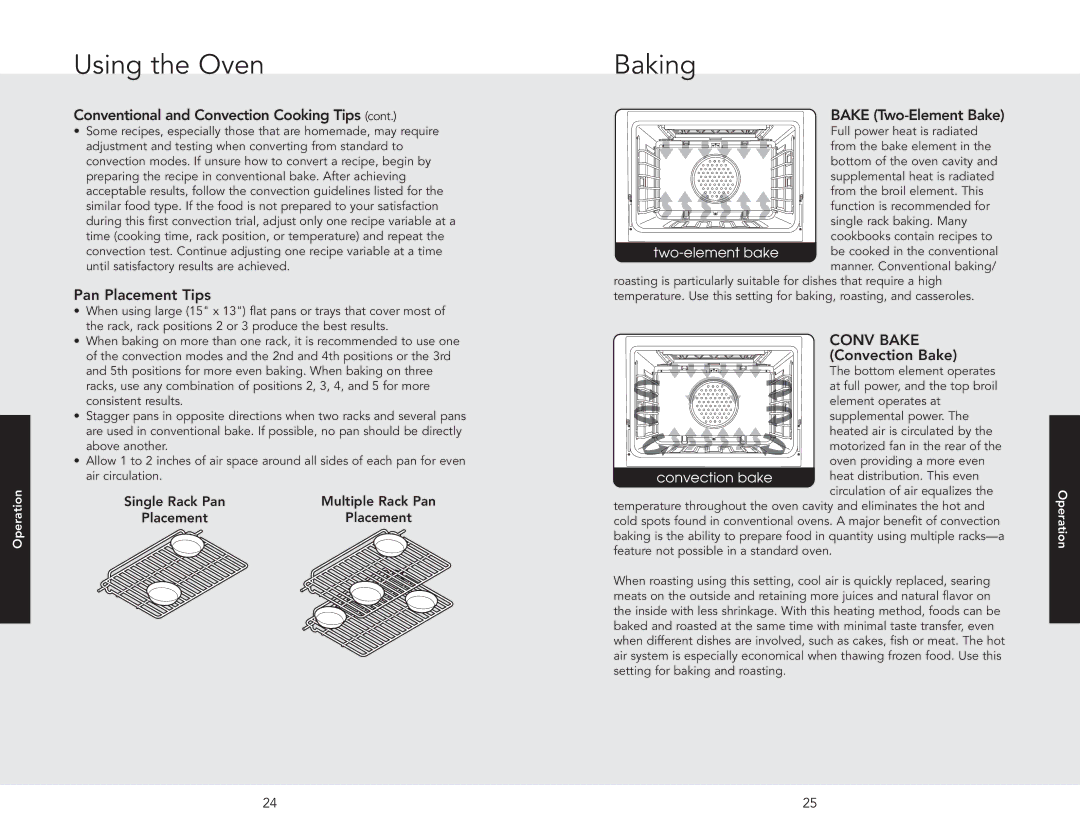F20537 specifications
The Viking F20537 is an exemplary representation of modern advancements in the realm of recreational watercraft. This sophisticated model is designed to combine performance, comfort, and innovative technological features, catering to a diverse audience of boating enthusiasts.At the heart of the F20537 lies its powerful engine, which delivers impressive speed and efficiency on the water. The high-performance motor is built to ensure quick acceleration and a smooth ride, providing a thrilling experience for both leisure and competitive boating. This boat is equipped with a fuel-efficient system, which allows for longer outings without the need for frequent refueling, making it ideal for extended adventures.
One of the standout features of the Viking F20537 is its spacious and thoughtfully designed interior. The layout maximizes both comfort and functionality, catering to families and groups. The cabin is outfitted with plush seating that can comfortably accommodate multiple passengers, while the ample storage compartments provide a convenient solution for stowing away gear and supplies. Additionally, the ergonomic helm is equipped with intuitive controls and a well-organized dashboard, ensuring that the captain can navigate and manage the vessel with ease.
Technologically, the F20537 excels with its integration of modern navigation systems. The vessel comes with state-of-the-art GPS and sonar equipment, allowing for precise navigation and fish finding. The touchscreen interfaces are user-friendly, ensuring that even novice boaters can maneuver with confidence. Additionally, advanced safety features, including automatic bilge pumps and warning systems, provide peace of mind on the water.
The Viking F20537 also boasts a durable hull construction, ensuring resilience against the elements. Made from high-quality materials, it provides superior stability and performance across various water conditions. The streamlined design not only enhances the aesthetic appeal but also contributes to reduced drag, further improving fuel efficiency and speed.
In terms of customization, the Viking F20537 offers various options for buyers to personalize their vessels. From upgraded sound systems to bespoke upholstery and color choices, owners can tailor their boats to reflect their individual style and preferences.
In summary, the Viking F20537 is a well-rounded vessel that combines performance, comfort, and cutting-edge technology. Whether for relaxation or adventure, it promises an unforgettable experience on the water, making it an attractive choice for boaters looking to enhance their time spent on the waves.

